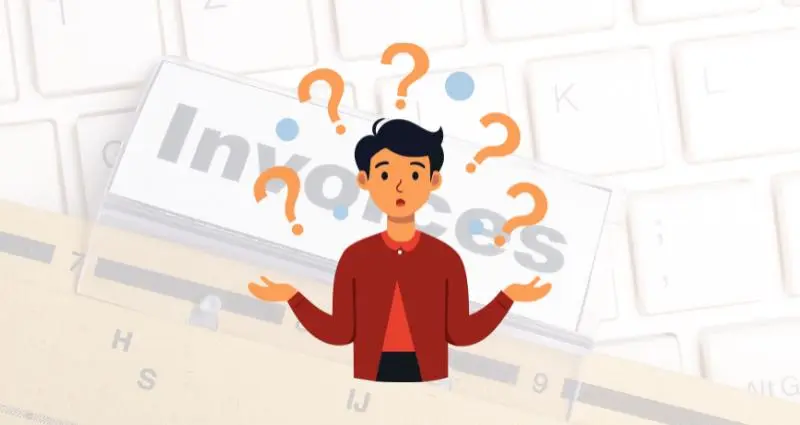How to Understand an Invoice (and Use It to Streamline Your Business)
Invoices. We all send them. We all receive them. But… are we really using them to their full potential?
For many, an invoice is just a “bill” — a piece of paper or PDF that says, “Pay me, please.”
But for smart businesses, an invoice is more than that. It’s a financial handshake, a tracking tool, and even a branding opportunity.
In this quick guide, I’ll show you what an invoice really means, how to create one that gets paid faster, and ways to automate the whole process so you spend less time chasing payments and more time growing your business.
1. Know the Basics: The Full Form
The word Invoice doesn’t stand for an acronym — but in business terms, it’s essentially:
Invoice = A documented request for payment for goods or services provided.
It contains:
- Seller details
- Buyer details
- List of products/services
- Prices and taxes
- Payment terms and due date
It’s a formal request for payment and a legal record of the transaction.
2. Create Invoices That Actually Get Paid on Time
You can make your invoice more effective by:
- Clear subject lines: Instead of “Invoice #456”, try “Payment Request: July Digital Marketing Services – Due 15 Aug”
- Add payment links: Give clients a one-click way to pay (UPI, PayPal, Stripe, etc.)
- State due date visibly: Don’t bury it at the bottom
- Use your branding: Logo + color theme makes you look professional
3. Automate Your Invoicing
Chasing invoices is exhausting — so let tech do it for you:
- Use Microsoft Dynamics 365 Business Central, Zoho Books, or QuickBooks to auto-generate invoices after each sale
- Set up automatic reminders for due dates
- Integrate with your bank or payment gateway for instant status updates
- Store all invoices in one cloud location so they’re easy to find
4. Use Invoices as a Business Insight Tool
Your invoices aren’t just for payment — they’re a goldmine of business data. Track:
- Which clients pay fastest (and slowest)
- Which services/products bring most revenue
- Seasonal trends in your business
This helps in planning better pricing, forecasting cash flow, and making smarter decisions.
5. Keep it Compliant
Remember, invoices are also legal documents. Make sure you:
- Include GST or VAT details (if applicable)
- Keep copies for tax filing
- Follow your country’s legal invoice format
Conclusion
An invoice isn’t just a boring formality. It’s a payment tool, a brand touchpoint, and a data source that can help you run your business smarter.
So next time you create one, think beyond just sending a bill —make it work harder for you.
Question for you:
Do you currently automate your invoices, or are you still sending them manually?

